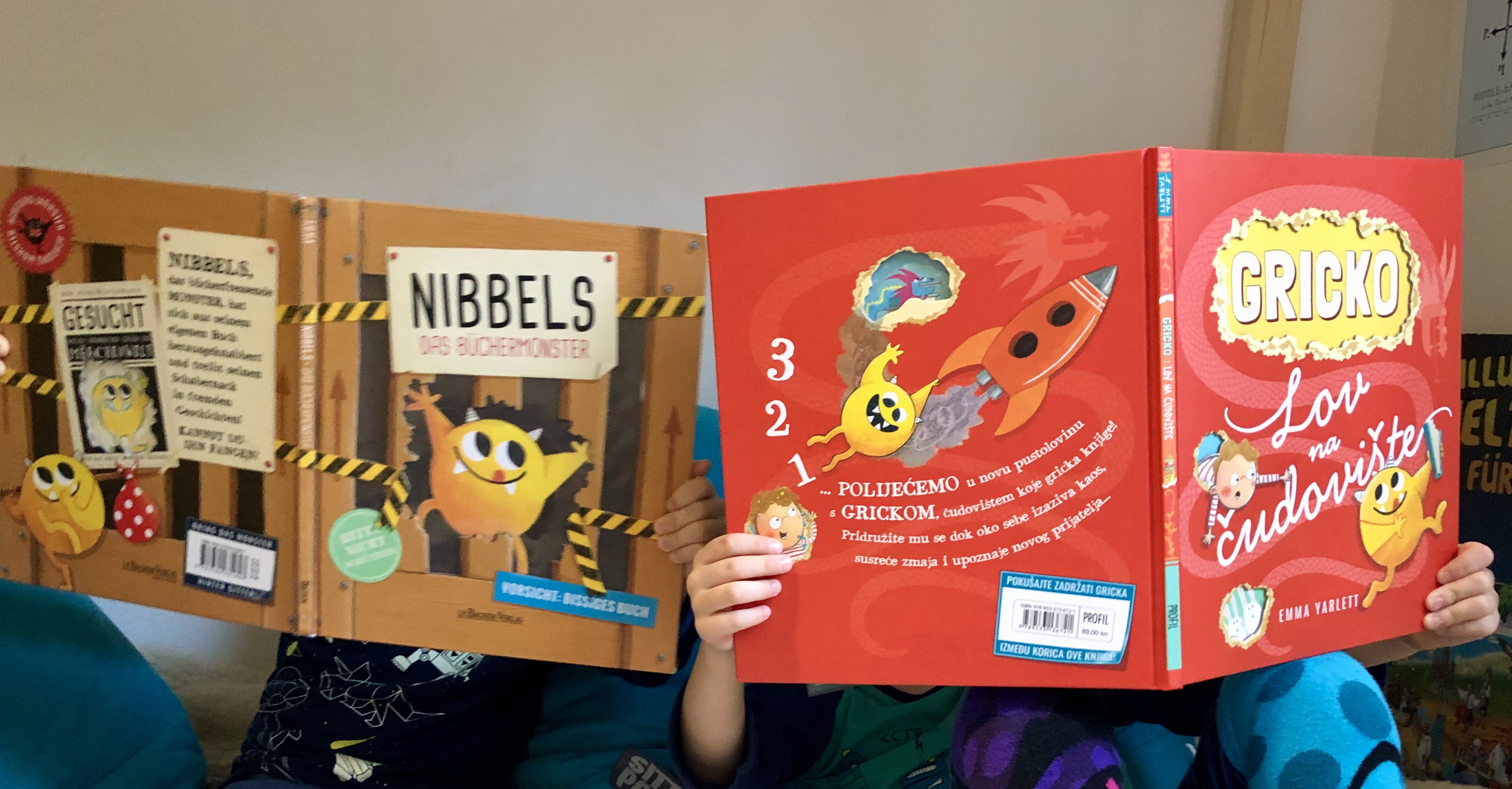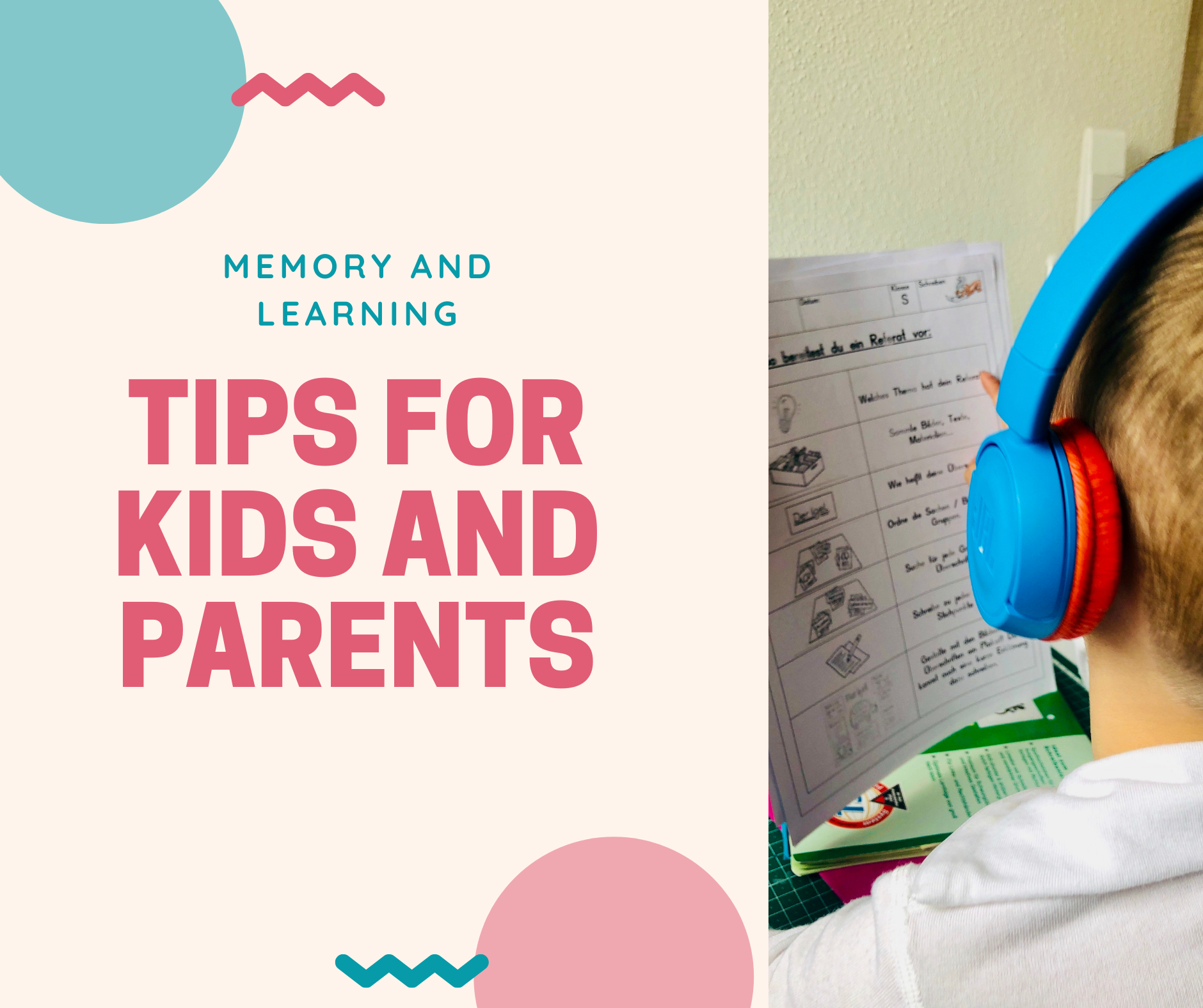Mummy, this is heiß! - Multilingual development

"Poor kids, all those languages are damaging their brains and confusing them," is one of the comments we, like many other parents of multilingual children, have heard more than once. Statements like this are a result of some misconceptions from the past and the fact that we still don't know everything about the language development. But there is nothing we know everything about, is there?
Interesting facts about languages:
- Roughly 6,500 languages are spoken in the world today.
- There are around 1,500 endangered languages.
- Multilingualism is a specifically human feature. Other species generally use only their own communication systems. (However, some domesticated animals understand few human commands. And most of us have heard of Koko, a gorilla known for having learned many hand signs from ASL (American Sign Language).
Read more about:
Who is a multilingual person?
Well, this term has different meaning to different people. Is this someone who is a native speaker of two or more languages? Or someone who is proficient? Maybe someone who is just able to communicate in different languages? Someone who only understands a language or someone who can understand, speak, read and write in all their languages?
There is no universal definition of a multilingual person. But hey, monolingual people are also very diverse.
This is why François Grosjean, an expert in bilingualism, says that "bilinguals know their languages to the level that they need them. Some bilinguals are dominant in one language, others do not know how to read and write one of their languages, others have only passive knowledge of a language and, finally, a very small minority, have equal and perfect fluency in their languages. What is important to keep in mind is that bilinguals are very diverse, as are monolinguals." (You can read more here)
Now, before we dig a bit deeper into this topic, let's explain some basic terminology.
| term | explanation |
| Simultaneous bi-/multilinguals | Children who are exposed to more than one language simultaneously from the start of language development. |
| Sequential bi-/multilinguals | Children, or adults who have been exposed to one language, and then have exposure to the second, third and so on language later in childhood or life. |
| Input | What children hear |
| Output | What children say |
| Language mixing (sometimes known as code-switching, language borrowing) | Act of using words or a grammatical structure from different languages when communicating. Example: Mummy, this is heiß! (Mummy, this is hot) |
| Language learning | Result of direct instruction. Something that usually happens at school |
| Language acquisition | Subconscious process during which we are unaware of language rules. Traditionally associated with being exposed to languages from birth. |
In the very beginning of multilingual research, it was often believed that multilinguals have two or more language systems that are entirely separated. This would mean that in the brain of a multilingual person, each language has its own drawer and each time they find themselves communicating, they open the correct drawer and take out words and phrases they need. However, this idea was long ago rejected, and new research has changed our understanding of the consequences of learning and using two or more languages. Nowadays, we know that there is some level of sharing between those systems and that those language channels interact with one another. In other words, bilinguals are not two monolinguals in one person[i]. They can choose the language they wish to speak, but at the same, switch back and forth from one language to the other.
Benefits of multilingualism
Thanks to a growing body of multilingual research, we are also more aware of the positive effects of acquiring two or more languages on cognition, the brain, success and well-being across the entire lifespan[ii][iii]. So, let's explore some of those benefits of acquiring more than one language.
Workplace.
Nowadays, knowing more than just one language is an asset for individuals. According to research[iv], Canadians, Americans and Europeans from all walks of life benefit from bilingualism in different areas. Academic studies prove that bilingualism directly benefits individuals by increasing their earnings relative to their peers, their job opportunities and labour mobility, and their chances at promotion to higher levels. So, thinking about the future of our children from the perspective of the economy and labour market, it might be a good idea to include more languages into their upbringing and education.
Culture.
If we spoke a different language, we would perceive a somewhat different world. Ludwig Wittgenstein
Learning different languages also means learning elements of different cultures. This means that multilingual children acquire two (or more) sets of traditions, ideas, ways of thinking and behaving, evoking higher tolerance to cultural differences.
Socialising.
A person who who can speak two or more languages is better equipped to socialise with others who are also bilingual. It also means that a multilingual person has better chances to make new friends when travelling if he/she speaks languages other than their mother tongue.
Brain [v]
This computer (as my kids call it) inside our head is one fascinating thing. And what can acquiring more languages do to our brain?
First, it can delay the onset of Alzheimer's symptoms for four to five years. Second, multilingual children demonstrate greater mental flexibility. What is mental flexibility? Do you know that test, when you have to read coloured words, and there is a mismatch between the name of a colour and the colour it is printed on? Green Red Blue Purple Red Purple. Children who speak more languages are better at test like this. You might wonder what this silly test has to do with anything. Well, because multilingual children switch among their languages and adjust their communication based on who they are talking to, their brains are more used to ignoring irrelevant information (words from the language they don't need at that moment). This means that they can control their attention better compared to children who are raised in the monolingual surrounding. This ability, to focus on the task and ignore distractions, is associated with better academic success.
So, a general conclusion would be that multilinguals have better chances at the labour market, they are more tolerant towards other cultures, and can socialise with more people. Finally, their brains are more flexible and agile, which helps them at school and later in life.
Important: To achieve all those benefits, it is necessary to provide children with a significant variety of input and possibilities to use and practice their languages.
As we can see, the benefits of being multilingual are many. However, often the conflicts and beliefs of the past pervade the upbringing and education of the present, which is why parents have many questions about their approaches to languages. Here, you can find some of the most common questions and answers about raising multilingual children.
Also, each family and situation is different. Here are some stories, experiences and thoughts written by parents for parents.
[i] Grosjean F. (1989). Neurolinguists, beware! The bilingual is not two monolinguals in one person. Brain and language, 36(1), 3–15. https://doi.org/10.1016/0093-934x(89)90048-5
[ii] Barwell, R., Wessel, L., & Parra, A. (2019) Language diversity and mathematics education: new developments. Research in Mathematics Education 21(2), 113-118.
[iii] Kroll, J. F., & Dussias, P. E. (2017). The Benefits of Multilingualism to the Personal and Professional Development of Residents of The US. Foreign language annals, 50(2), 248–259. https://doi.org/10.1111/flan.12271
[iv] Economic advantages of bilingualism (2016). Heritage Canada. https://www.caslt.org/files/learn-languages/pch-bilingualism-lit-review-final-en.pdf
[v] For more information on consequences of bilingualism on the brain read:
Bialystok, E., Craik, F. I., & Luk, G. (2012). Bilingualism: consequences for mind and brain. Trends in cognitive sciences, 16(4), 240–250. https://doi.org/10.1016/j.tics.2012.03.001

